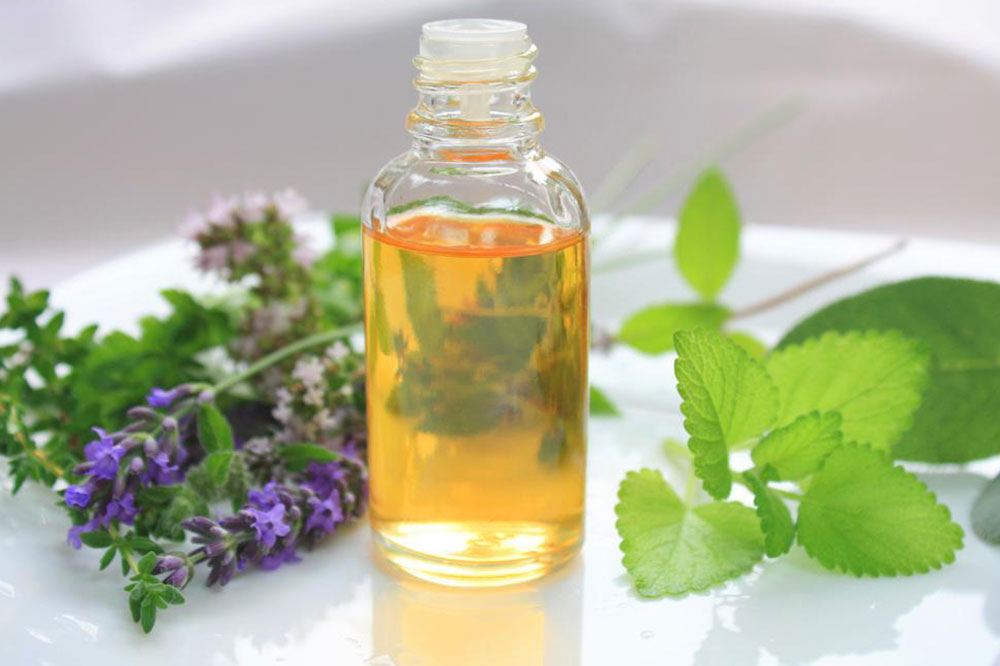Holistic Natural Approaches to Relieve Pain Effectively
Explore effective natural strategies for pain relief with holistic remedies like willow bark, turmeric, cloves, heat and cold therapy, and essential oils. These methods provide safe, side effect-free alternatives to medications for managing chronic and acute pain. Consult healthcare professionals for persistent issues and embrace a healthier approach to pain management through natural remedies rooted in tradition and scientific research.

Holistic Natural Approaches to Relieve Pain Effectively
Chronic and acute pain conditions—including persistent back aches, dental discomforts, and joint inflammations—are common health challenges that compel many individuals to seek immediate relief through conventional medication. While pharmaceuticals can provide temporary comfort, they often come with notable drawbacks such as unwanted side effects, addiction risks, and long-term dependency issues. Therefore, increasing numbers of people are turning towards natural, holistic strategies that emphasize gentle, safe, and effective alternatives for pain management.
Natural remedies harness the healing power of herbs, spices, and plant-derived substances, many of which contain active compounds that combat inflammation, reduce swelling, and alleviate pain without the negative effects associated with synthetic drugs. These natural options can be incorporated into daily routines, offering sustainable and side effect-free pain relief solutions that promote overall well-being.
Here is a comprehensive overview of proven natural remedies and strategies to help you manage pain naturally and effectively:
Willow Bark
Traditionally renowned for its analgesic and anti-inflammatory properties, willow bark has been used for centuries as a natural pain reliever. Its active ingredient, salicin, is chemically similar to aspirin and works by reducing inflammation at the source of pain.
Methods to use willow bark:
Applying willow bark extract or tincture directly on painful areas
Brewing willow bark tea, which is available through health stores
Using topical formulations that contain willow bark extract
Turmeric
This vibrant orange spice has garnered global recognition for its potent anti-inflammatory effects, making it a favorite among natural health enthusiasts. The compound curcumin, present in turmeric, is responsible for these therapeutic benefits and may help alleviate joint pain, reduce swelling, and combat inflammation.
How to incorporate turmeric into your routine:
Drink golden milk or turmeric-infused teas regularly
Apply a turmeric paste directly onto inflamed or painful joints for localized relief
Consume turmeric supplements (~250 mg daily, after consulting with a healthcare provider)
Add turmeric powder to your salads, soups, and other dishes for culinary and medicinal benefits
Cloves
Cloves and their concentrated oil are widely recognized for their analgesic and anti-inflammatory properties, particularly in dental pain relief, headaches, and other inflammation-related discomforts. Eugenol, the active compound in cloves, acts as a natural numbing agent and painkiller.
Usage suggestions:
Add ground cloves to your recipes to enjoy their therapeutic benefits
Apply diluted clove oil directly to painful or inflamed areas
Use clove oil in aromatherapy for pain relief and relaxation
Heat and Cold Therapy
Simple yet effective, heat and cold applications are cornerstone techniques in natural pain management. Cold packs help reduce inflammation and swelling, especially useful for sprains, strains, and acute injuries. Conversely, heat therapy relaxes tense muscles, eases stiffness, and enhances blood flow, offering relief for chronic pain conditions like arthritis.
Application tips:
Use ice packs immediately after injury to minimize swelling and numb pain
Apply warm, moist heat packs to soothe muscle tension and joint discomfort
Consult healthcare professionals for guidance on duration and frequency of therapy
Essential Oils
Extracted through steam distillation, essential oils like lavender, rose, bergamot, and eucalyptus are widely used in aromatherapy for their analgesic, anti-inflammatory, and calming properties. They can be integrated into pain management routines through massage or diffuser inhalation, providing a natural calming effect and pain alleviation.
Usage methods:
Dilute 3-5 drops of essential oil in carrier oils such as coconut or jojoba oil and massage onto painful areas
Use in a diffuser to inhalate vapors that promote relaxation and pain relief
Ensure proper dilution to prevent skin irritation and adverse reactions
Combine with other natural remedies for enhanced pain management effects
Implementing these natural remedies can be an effective way to manage pain holistically. However, it is essential to remember that severe, persistent, or chronic pain should always be evaluated by healthcare professionals. Personalized treatment plans and guidance ensure safe and effective pain management tailored to individual needs.





